AO Edited
Cosmo Isle Hakui
A museum of space exploration in the UFO capital of Japan.
Japan is no stranger to purported UFO sightings, with early cases dating all the way back to the Middle Ages. This was what the city of Hakui in western Japan turned to when it decided to revitalize its tourism industry.
Local texts from the Heian period (794-1185 CE) mention frequent sightings of sōhachibon, unidentified flying objects named after Buddhist cymbals that they resembled. The city’s tourism committee promoted this legend nationwide to attract visitors at the height of Japan’s UFO fad in the 1980s, which proved highly successful. From restaurants to pachinko parlors, many local establishments jumped on the bandwagon and themed themselves after UFOs.
But this was not exactly the goal that Josen Takano, representative of the revitalization project, had set. He first held a nine-day space symposium at the community center, inviting NASA astronaut Gerald Carr in place of Buzz Aldrin, who had called in sick at the last minute. The event was a success and prompted the government to fund the establishment of a space-themed museum.
Flying to the United States, Takano and his team visited NASA headquarters and took a Mars rover on an unconventional 10-decade lease. Later, they also bought an authentic Vostok space capsule and a moon rover from the Russian Space Agency following a long, grueling negotiation. Now that the artifacts had been collected, the museum was ready for launch.
It was named Cosmo Isle Hakui in comparison to the island of Dejima, which was home to Japan’s only port open for foreign trade between 1634 and 1854, and, according to Takano, in hopes that the city serves as a sign of welcome for visitors from outer space. Equipped with a planetarium and an extensive UFO research room, the museum does not only focus on space science but also on the ever-intriguing mysteries of extraterrestrial encounters.

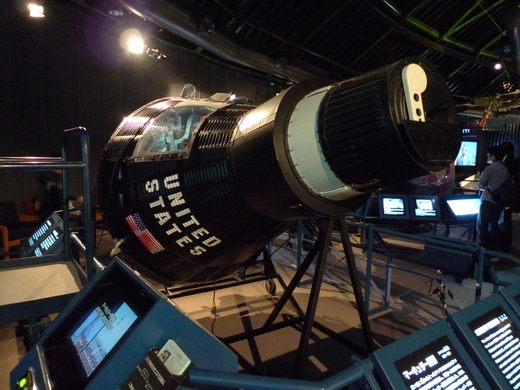
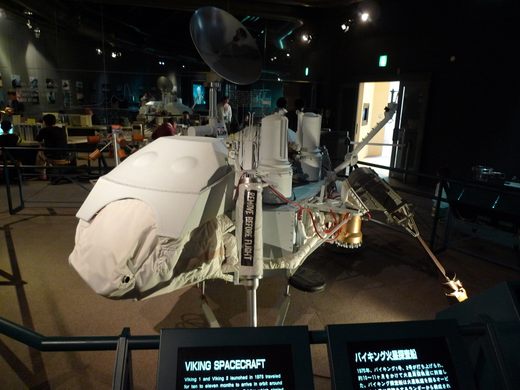

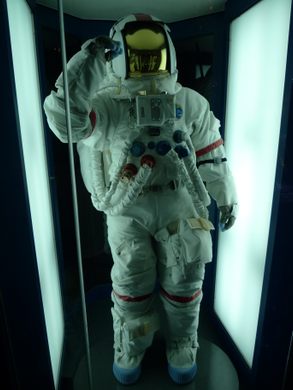
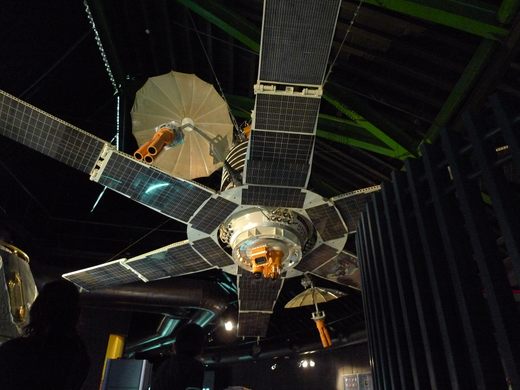
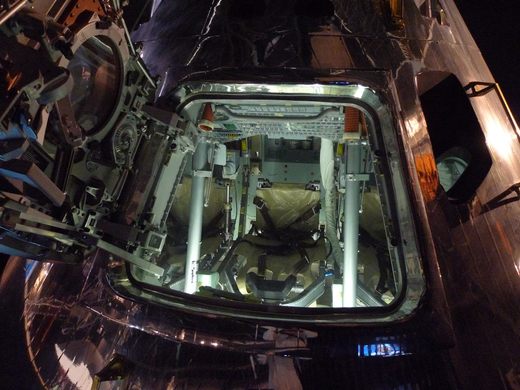
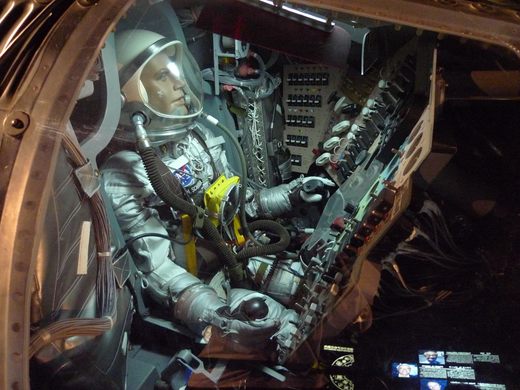
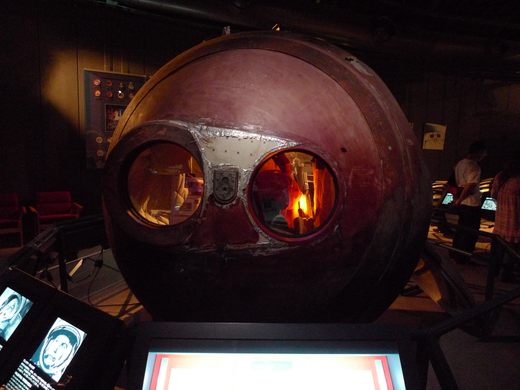






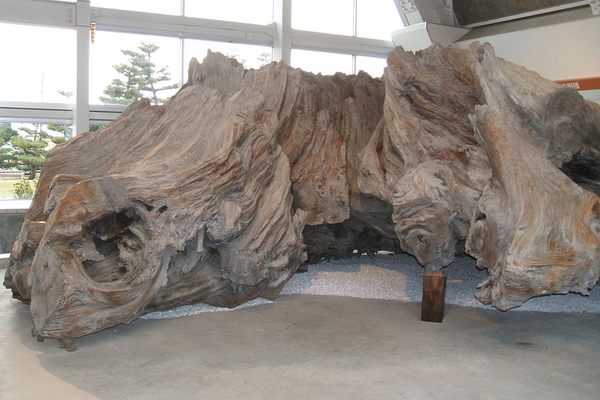

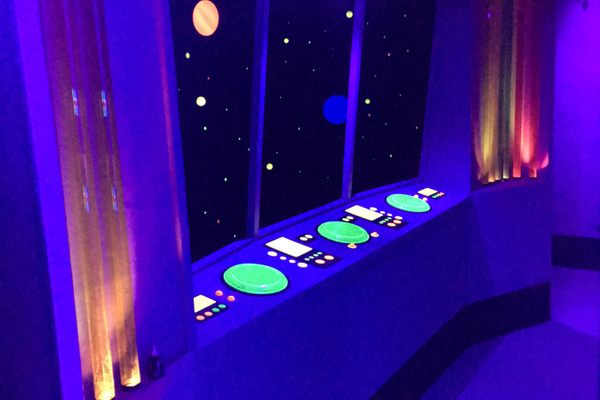

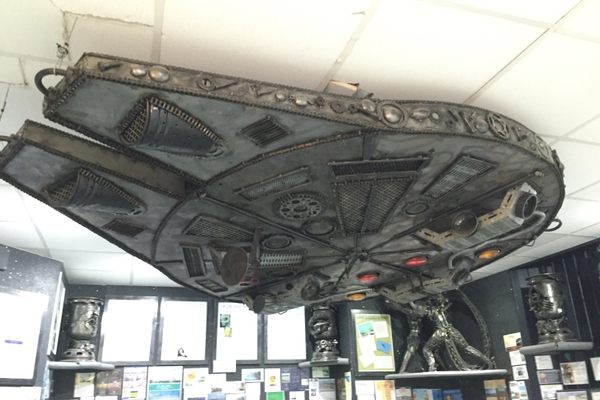

Follow us on Twitter to get the latest on the world's hidden wonders.
Like us on Facebook to get the latest on the world's hidden wonders.
Follow us on Twitter Like us on Facebook